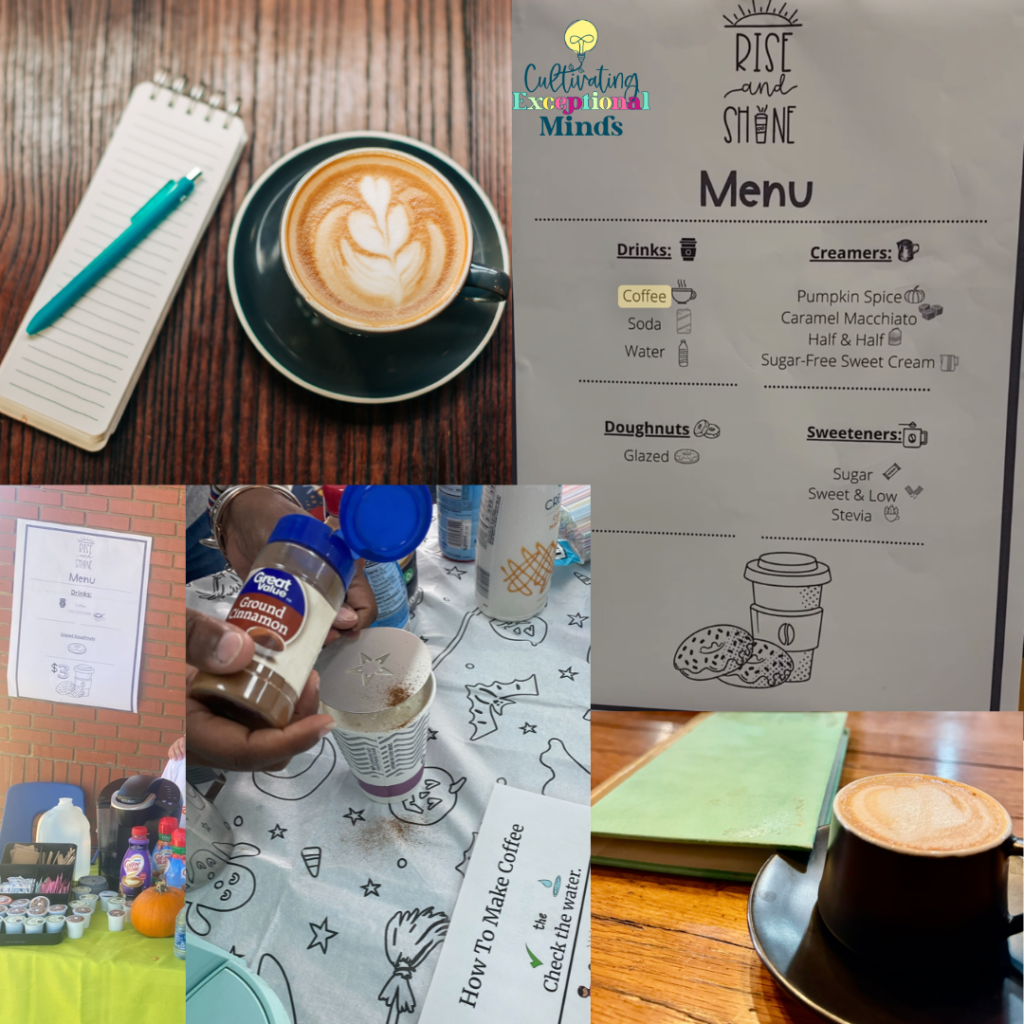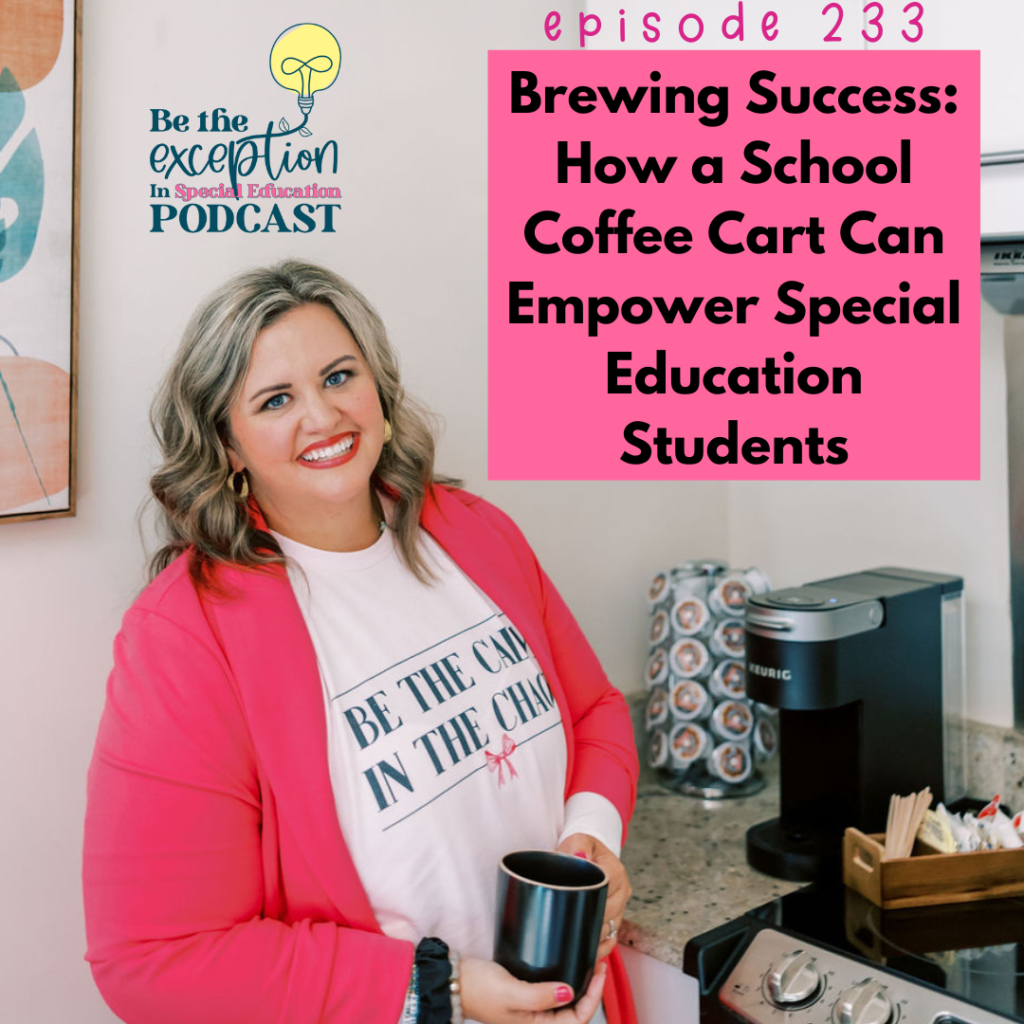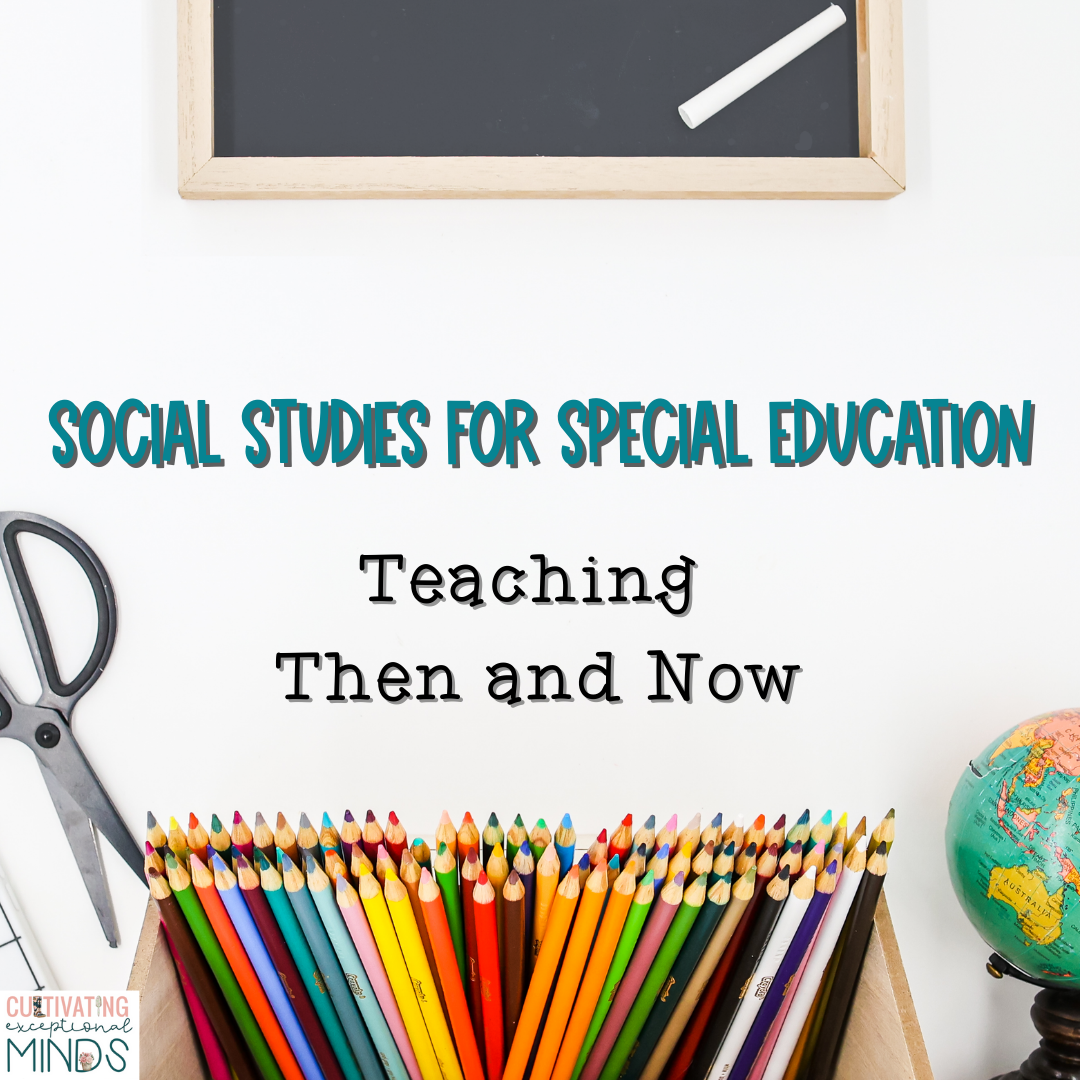As a special educator, one of my most rewarding experiences has been setting up a coffee cart within our school and seeing the benefits of the school coffee cart setup for special education students. Not only has it provided students with a sense of responsibility and independence, but it’s also been a fantastic way to build functional academic skills. If you’re looking for a project that empowers students while integrating real-world learning, a school coffee cart might just be the perfect addition to your classroom.
Why a School Coffee Cart is Important for Special Education Students
The concept of a school coffee cart goes beyond just serving coffee. It’s about creating opportunities for students to develop life skills, engage with the school community, and gain confidence in their abilities. Here are some key benefits I’ve observed:
- Functional Academics in Action:
Students learn to apply their academic skills in a practical setting. Math comes into play when they handle money and calculate change. Reading skills are sharpened when they read orders and labels. Communication skills are developed as they interact with customers. - Social and Emotional Growth:
Running a coffee cart helps students improve their social skills by interacting with peers, teachers, and staff. It also fosters a sense of responsibility and accomplishment, boosting their self-esteem. - Community Building:
The coffee cart creates a bridge between the special education students and the rest of the school community. It’s a project that everyone can support and enjoy, making it a wonderful way to foster inclusion.
How to Get Started with Your School Coffee Cart
Starting a coffee cart in your school might seem daunting, but with a little planning, it can be a smooth and rewarding process of school coffee cart setup for special education students
Here’s how to get started:
- Get Administrative Approval:
Before anything else, pitch the idea to your school administration. Emphasize the educational benefits and outline how the cart will operate. Be prepared to discuss logistics, such as funding, location, and scheduling. - Plan the Logistics:
- Location: Choose a central, accessible location in the school where traffic is steady but not disruptive.
- Supplies: Create a list of essentials, including a coffee maker, cups, lids, napkins, stirrers, sugar, cream, and any other items you plan to offer.
- Budget: Determine how you’ll fund the cart. This could be through school funds, donations, or fundraising events.
- Build a Team:
Select students who will work on the coffee cart, considering their strengths and interests. Assign roles such as cashier, barista, and stock manager. Training will be key, so take time to teach each student their responsibilities. - Set Up a Schedule:
Decide how often the coffee cart will operate—daily, weekly, or bi-weekly. Create a schedule that fits within the school day without disrupting students’ academic routines.

Tips for a Successful Coffee Cart Setup
- Keep It Simple:
Start with a basic menu and a manageable schedule. As students become more comfortable, you can expand your offerings and operation days. - Emphasize Cleanliness:
Hygiene is crucial, especially when handling food and drinks. Teach students the importance of washing hands, keeping the cart clean, and properly storing supplies. - Encourage Independence:
Allow students to take the lead as much as possible. While supervision is important, giving them autonomy builds confidence and enhances learning. - Incorporate Academics:
Use the coffee cart as a platform for teaching. Create worksheets for calculating change, reading orders, or even tracking sales. This integration makes learning relevant and meaningful. - Celebrate Successes:
Acknowledge and celebrate the milestones your students achieve, whether it’s a perfectly brewed cup of coffee or handling their first transaction independently. Positive reinforcement will keep them motivated.

The Functional Academics Built Through a Coffee Cart
Running a coffee cart integrates a variety of functional academic skills that are vital for students, particularly those in special education. Here’s how:
- Math Skills:
Counting money, giving correct change, and budgeting for supplies all involve practical math application. - Literacy Skills:
Reading order forms, following written instructions, and recognizing product labels enhance literacy. - Communication Skills:
Taking orders, greeting customers, and working as part of a team build communication and social interaction skills. - Organizational Skills:
Managing inventory, keeping the cart tidy, and planning the schedule all contribute to better organizational skills.
Listen to episode 233 of Be THe Exception In Special Education podcast for more tips about setting up your coffee cart.

Setting up a school coffee cart is more than just a fun project—it’s a meaningful way to empower your students and equip them with skills they’ll use for the rest of their lives. Whether you’re just getting started or looking to enhance your current setup, I hope these tips inspire you to create an inclusive, educational, and rewarding experience for your students. So grab your favorite blend and start brewing up some success in your classroom! Grab coffee cart basics here in my tpt shop.
For these coffee cart starter kit and more training join The Exceptional Collective.
Podcast: Play in new window | Download












